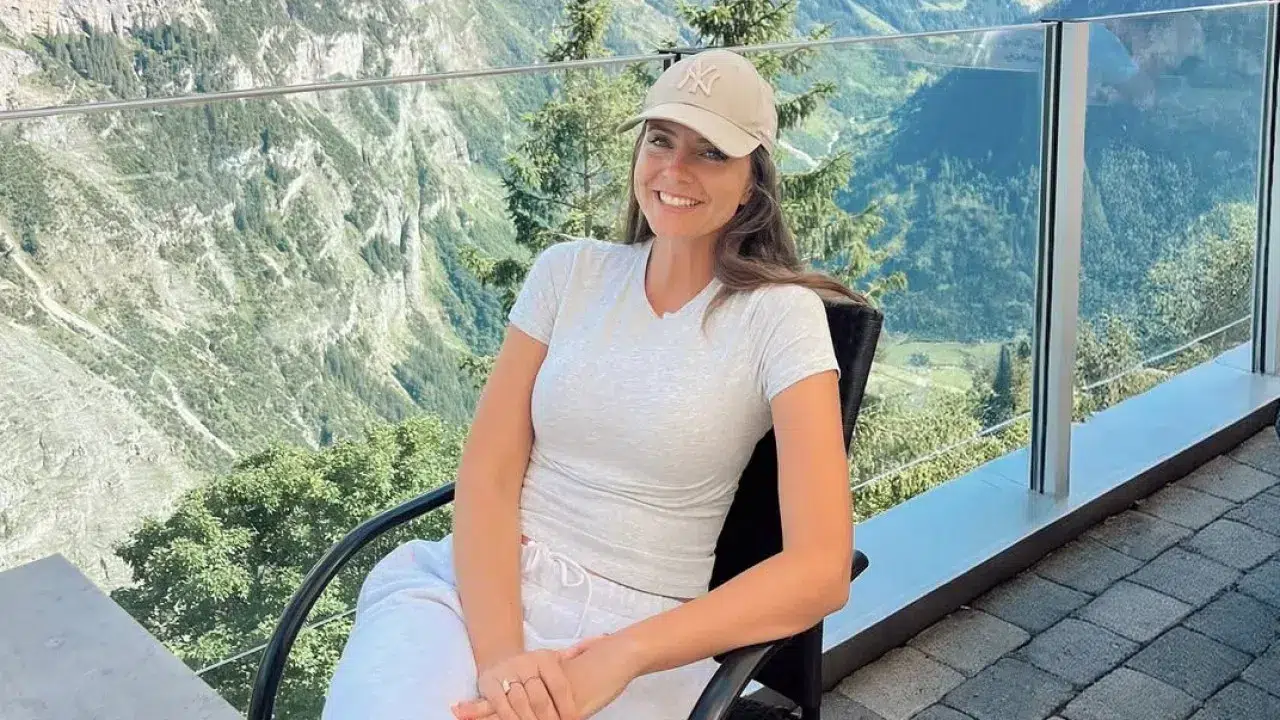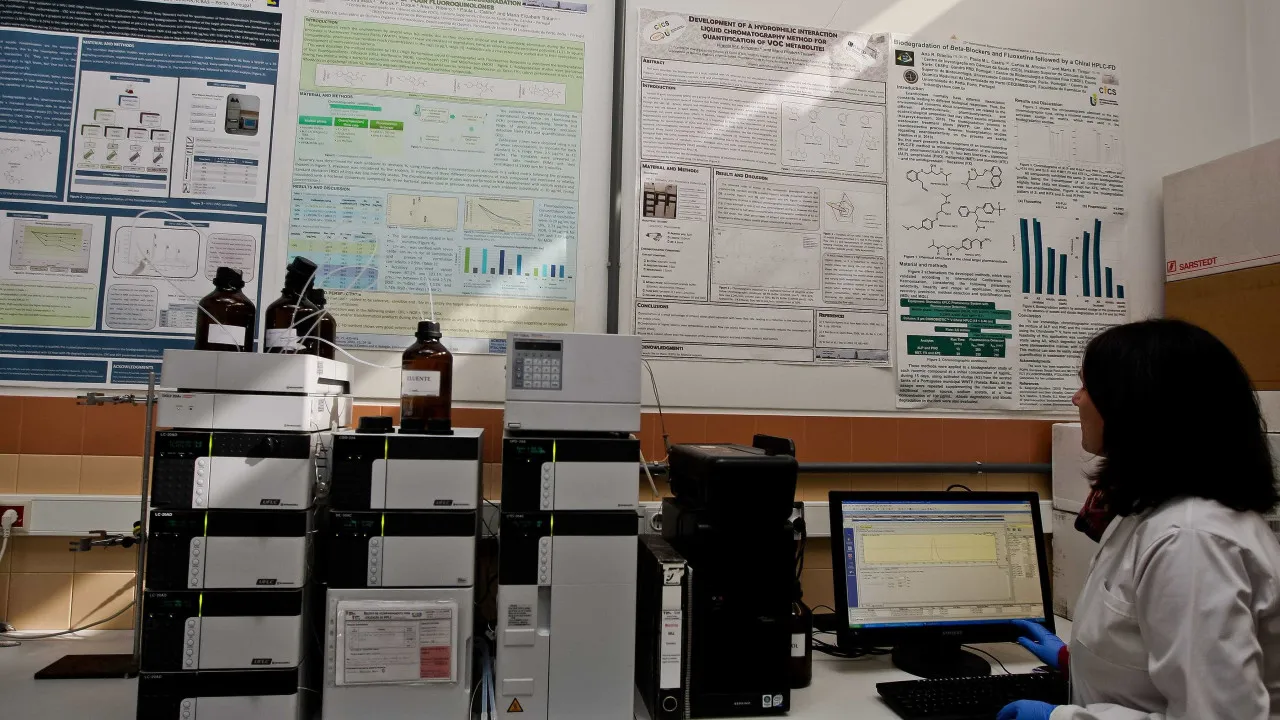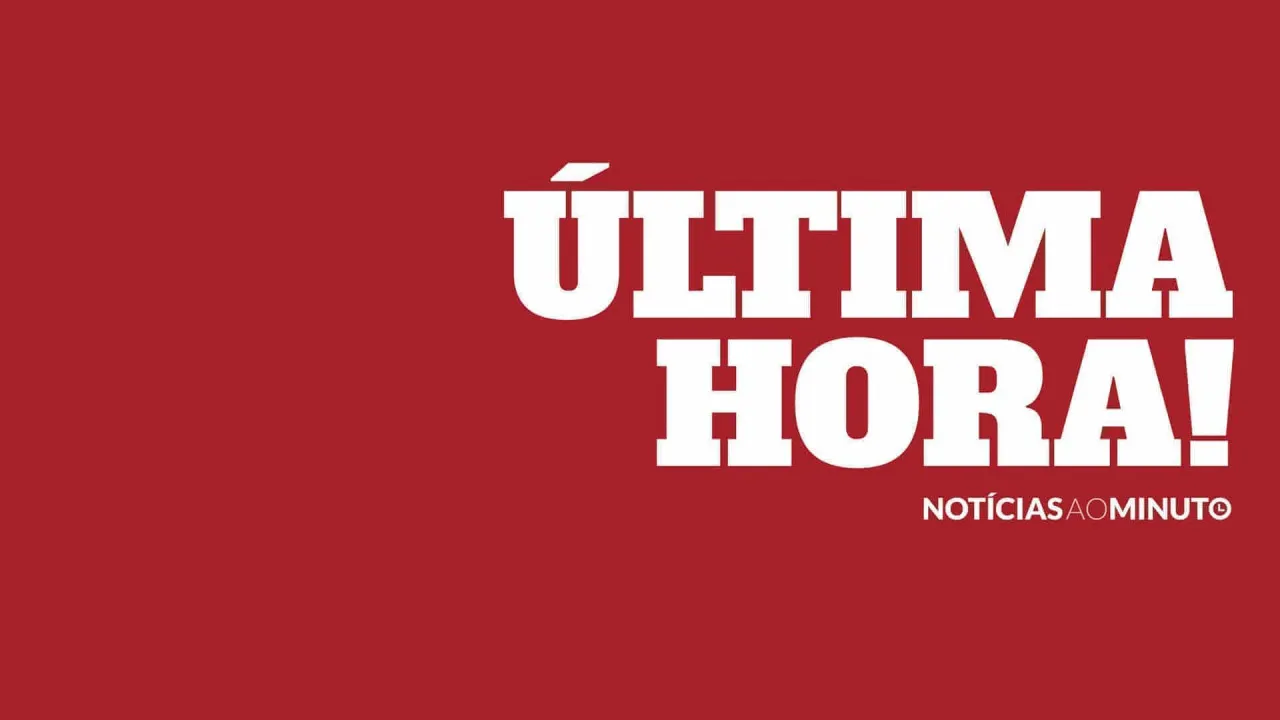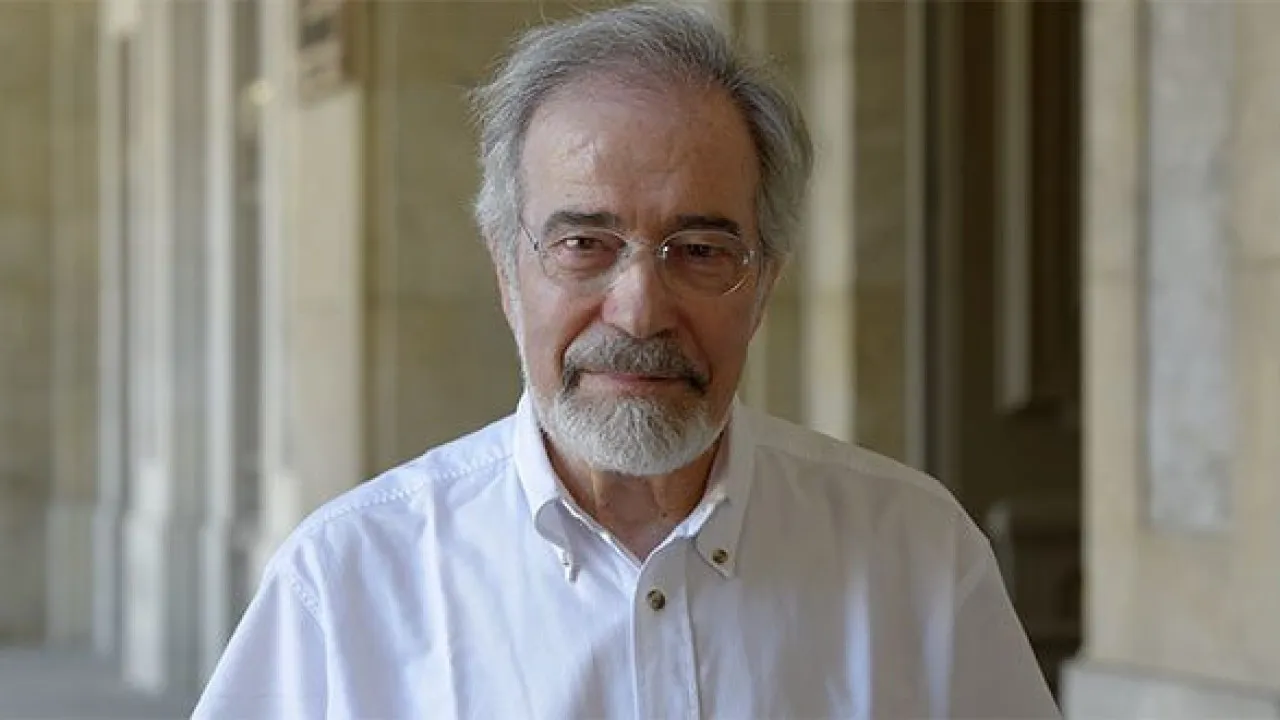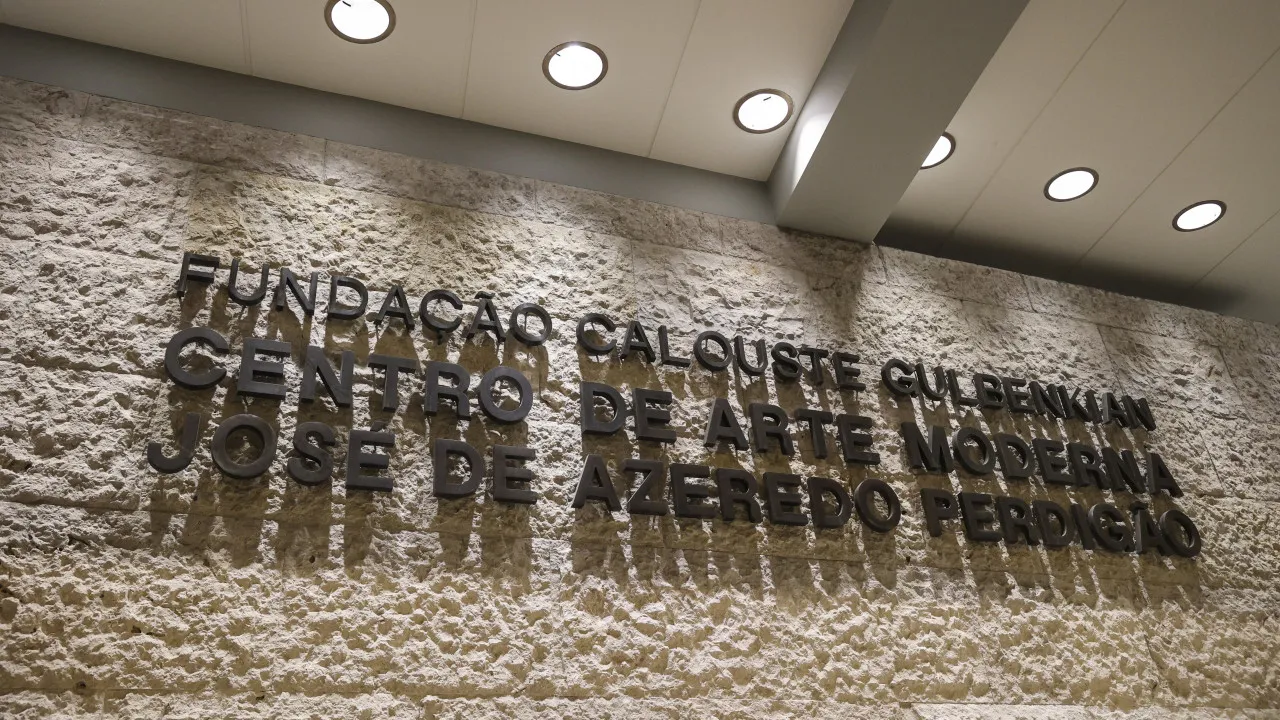
A new long-term exhibition will open at the Calouste Gulbenkian Modern Art Center (CAM) in Lisbon on September 20. This display, inspired by Queen Scheherazade, the narrator of “One Thousand and One Nights,” features a selection of works that draw from the fictional remnants of this ancient collection of tales.
Presenting in 14 segments, this “subjective gaze” aims to bring the character of Scheherazade into the present time, detaching her from her specific cultural origins. The exhibition will be on view until September 20, 2027.
Entitled “Scheherazade, the Endless Collection of CAM,” this exhibition marks the 65th collective showing since the center was inaugurated in 1983. The CAM’s acquisitions since then have amassed over 12,000 modern and contemporary art pieces, predominantly emphasizing 20th and 21st-century Portuguese art, along with a substantial collection of British art and other works by international artists.
This new exhibition will undergo periodic changes, with shifts in segments and artworks, seeking to align with the uncertain times of stories and the complex times of History. Recent acquisitions and some works typically less visible will be showcased.
On the same date, the CAM Project Space will unveil “Zineb Sedira. Standing Here Wondering Which Way to Go,” by the Franco-Algerian artist. The exhibit reflects upon the utopias of the 1960s, juxtaposing culture with activist resistance.
Until January 19, 2026, visitors can view works by the 1963-born London-based artist, whose work revolves around themes such as migration, history, and the partiality of official narratives, using autobiographical storytelling, fiction, and documentary.
The exhibition emerges from a reflection on 1960s utopias within the context of new independence and African liberation struggles. Its title quotes a song performed by African-American gospel singer Marion Williams at the Pan-African Festival in Algiers in 1969, around which the project is organized.
This project is commissioned by the CAM in collaboration with other cultural institutions, including the Jeu de Paume in Paris, the Institute of Modern Art in Valencia, and the Bildmuseet in Umeå, Sweden.
“Carlos Bunga. Habitar a Contradição” will occupy the center’s nave and mezzanine from November 8 until March 30, 2026. It’s described as one of the artist’s most complex and personal shows to date and one of the largest site-specific cardboard installations, incorporating works from the CAM Collection.
Currently residing and working in Barcelona, Carlos Bunga, who was born in Porto in 1976, explores the fragility of human and material existence through his ephemeral installations that evoke resilience.
Themes like home, adversity, refuge, freedom, nomadism, nature, metamorphosis, and invention have been central to his work. This exhibition, featuring works from the foundation’s collection, draws on the drawing “My First House Was a Woman” (1975), depicting the artist’s mother as a pregnant figure with a house on her head and both human and animal limbs.
The artist will also create a site-specific cardboard installation for the nave space, “the largest ever realized in Portugal, evoking the rounded edges and organic forms of the natural world.”
Brazilian culture will be the focus of the exhibition opening on November 14 in the main gallery and lower floor gallery of the Calouste Gulbenkian Foundation headquarters, running until February 17, curated by José Miguel Wisnik, Milena Britto, and Guilherme Wisnik.
Designed by Daniela Thomas, this show will be complemented by a program of parallel activities and a publication elaborating on the research conducted by the curatorial team.
Since March 18 this year, until July 25, 2026, the Calouste Gulbenkian Museum is undergoing renovation – meanwhile closed – and its collection, gathered by the Armenian entrepreneur and patron in the first half of the 20th century, spans over 5,000 years of history from antiquity to the 20th century.

